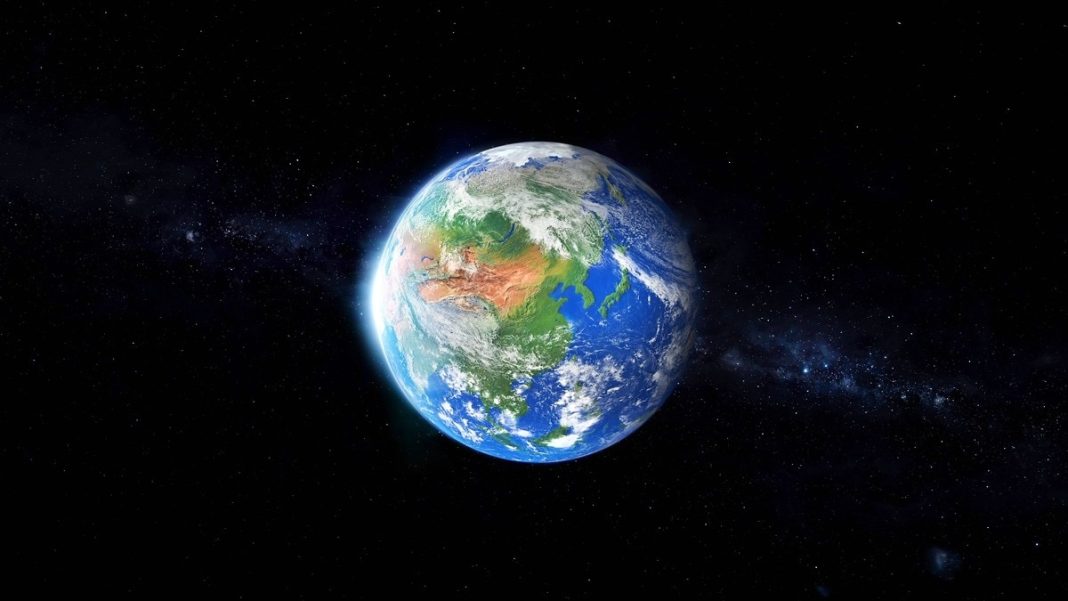Key Takeaways
- Continents are being peeled from below, shedding fragments into the oceanic mantle.
- These fragments travel over 1,000 km and fuel submarine volcanoes for millions of years.
- The discovery challenges the long-held belief that deep mantle plumes alone cause mid-ocean volcanism.
Earth’s outer shell is undergoing a dramatic transformation as continents are being peeled from below, not just splitting at the surface. This groundbreaking discovery reveals a new mechanism shaping our planet.
Geoscientists from the University of Southampton have found that continents slowly shed pieces that drift into the oceanic mantle, fueling submarine volcanic activity for tens of millions of years. Published in Nature Geoscience, their research explains why volcanic islands contain chemical signatures typically found in continental rocks.
Solving a Decades-Old Mystery
For decades, scientists have been puzzled by the “contaminated” appearance of the mantle beneath oceans. Previous theories suggested recycled seabed sediments or deep mantle plumes were responsible, but these couldn’t explain the widespread presence of continental materials far from tectonic boundaries.
“We’ve known for decades that parts of the mantle beneath the oceans look strangely contaminated, as if pieces of ancient continents somehow ended up there,” said Professor Thomas Gernon, lead author from the University of Southampton. “Now we know why, the continents are peeling from below.”
The Peeling Process Explained
Using advanced computer simulations, researchers modeled how tectonic forces stretch and deform Earth’s crust. They discovered that when continents rift apart, “mantle waves” sweep beneath them, loosening material from depths of 150-200 kilometers.
This separation occurs at an incredibly slow rate—just a millionth of a snail’s speed. Yet over millions of years, these fragments travel more than 1,000 kilometers sideways into the oceanic mantle, where they trigger volcanic activity.
“The mantle is still reacting to continental breakup long after the continents themselves have drifted apart,” explained co-author Professor Sascha Brune from the GFZ Helmholtz Centre in Potsdam. “The system doesn’t switch off—it keeps reorganising and transporting enriched material far from where it originated.”
Evidence from the Indian Ocean
Analysis of volcanic rocks from the Indian Ocean Seamount Province revealed traces of continental elements released after the supercontinent Gondwana disintegrated about 100 million years ago. This evidence strongly supports the new theory.
These findings fundamentally challenge the assumption that deep mantle plumes alone explain mid-ocean volcanic activity, revealing an ongoing Earth-shaping mechanism still at work beneath our oceans.






